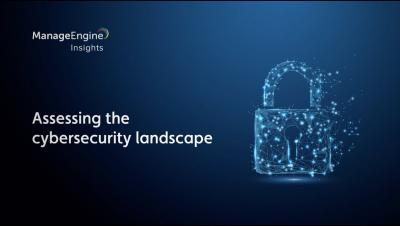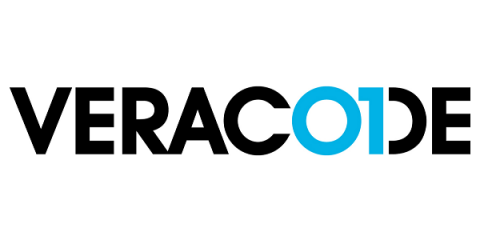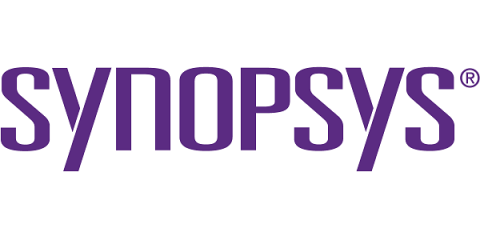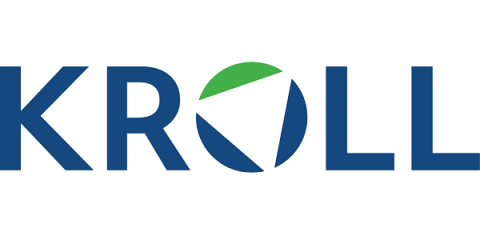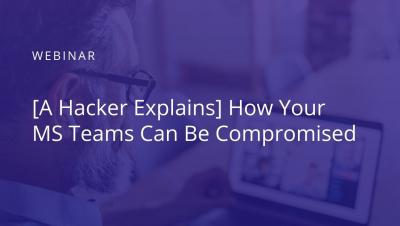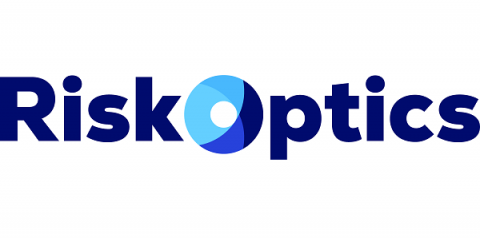Security | Threat Detection | Cyberattacks | DevSecOps | Compliance
%term
DevSecOps and the Cloud: How Leaning on Your Cloud Provider Can Help You Shift Left
Over the past several years, an increasing amount of organizations have been moving their applications from on-premises to cloud-hosted platforms. And with the current pandemic forcing most businesses to adopt a fully remote work environment, the cloud is even more appealing. Gartner reported that cloud spend rose by double digits in 2020, and it’s expected to continue to grow by 18.4 percent in 2021.
Netacea's Bot Mitigation Now Available on Salesforce Commerce Cloud
Manchester, 25th March 2021 – Netacea, a bot detection and mitigation specialist, has made its services available through Salesforce Commerce Cloud. Users of the SaaS eCommerce platform will be able to quickly integrate Netacea’s technology and protect against malicious bots. Commerce Cloud is Salesforce’s platform for B2B and B2C commerce, empowering brands to create enhanced shopping experiences across all channels.
Neil Daswani talks about his big breaches book and the BSIMM
Dr. Neil Daswani, codirector of the Stanford Advanced Security Certification Program, is coauthor with Moudy Elbayadi of “Big Breaches: Cybersecurity Lessons for Everyone,” released last month by APress. He is also president of Daswani Enterprises, his security consulting and training firm.
Five Considerations on Service Providers Privacy and Security
Understanding who you share data with and how they will utilize and protect it has never been more critical. Privacy and security continue to be a top priority for regulators around the world and organizations are advised to stay abreast and take appropriate measures to comply.
How Tripwire Can Help U.S. Federal Agencies Implement the CIS Controls
Digital attackers are increasingly launching sophisticated campaigns in an effort to target U.S. federal agencies and other organizations. Two recent examples demonstrate this reality. These are the SolarWinds supply chain attack and the HAFNIUM Exchange exploit campaign.
A Hacker Explains: How Your MS Teams Can Be Compromised
The Most Common Corporate Cybersecurity Risks
“Corporate cybersecurity” refers to the tactics and methodologies that organizations use to safeguard sensitive data, prevent unauthorized access to information systems, and protect themselves from cyber attacks such as malware or ransomware attacks, trojan viruses, social engineering or phishing email, endpoint breaches, and so forth. Cybercrime can be catastrophic for small businesses, but even large enterprises don’t have the luxury of taking cybersecurity for granted.
The difference between SASE and Zero Trust
Customers often ask me: What is the difference between Zero Trust and SASE? My answer is almost always the same: Nothing….and, everything. Both have taken the industry by storm over the last couple of years, and even more so with the security and access demands on the business driven by the existing remote workforce, but both have different implementation approaches. It is important to understand, however, that one does not fully provide the other; in fact, they reinforce each other.
What is a cybersecurity strategy and how can your business develop one?
The number of users, devices, and resources on company networks is growing exponentially. With this expanding attack surface, a company’s assets, intellectual property, reputation, staff and customer data are all at risk. It’s no wonder cybersecurity has increased in prominence, with many organizations investing in more sophisticated technical solutions. But just because you have all the network security solutions in place, it would be unwise to get complacent about your security posture.


